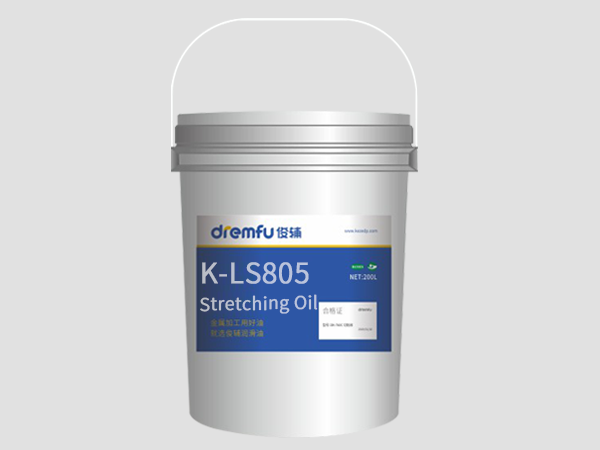2025-08-11 16:53:09
Selecting the right Drawing Oil is a crucial step in ensuring efficient and high-quality metal forming processes in the mechanical manufacturing industry.Drawing Oil plays an essential role by reducing friction between the metal surface and tooling,preventing wear,overheating,and surface defects.Understanding how to select Drawing Oil based on metal type and processing conditions can significantly impact production quality,tool longevity,and overall operational efficiency.
Drawing Oil selection depends largely on the specific metal being processed.Different metals have unique physical and chemical characteristics that require tailored lubrication solutions.For example,stainless steel,which often faces high friction and elevated temperatures during drawing,demands oils with excellent lubricity and oxidation resistance.On the other hand,copper and brass require drawing oils that provide good adhesion and corrosion protection to prevent staining or discoloration.Softer metals like aluminum benefit from lighter oils that do not clog fine details or negatively affect the surface finish.
Processing conditions further influence the choice of drawing oil.High-speed drawing operations or processes involving substantial pressure require oils with enhanced cooling capabilities and superior lubrication properties.Moreover,temperature stability is a key factor;the drawing oil must maintain its chemical and physical properties without breaking down under operating temperatures.Additionally,the type of equipment used in metal drawing impacts oil selection,as certain machines may require oils with specific viscosities or additives to ensure compatibility and optimal performance.
The benefits of selecting the appropriate drawing oil are manifold.First,it improves the surface quality of the drawn metal by minimizing scratches and defects,which is critical for maintaining product standards.Second,the right drawing oil extends tool life by reducing wear on dies and molds,thereby cutting down maintenance costs and downtime.Enhanced lubrication also leads to increased production efficiency by lowering scrap rates and minimizing interruptions.Lastly,environmental considerations are becoming increasingly important,and many modern drawing oils offer biodegradable options that reduce pollution without sacrificing performance.
However,some precautions should be kept in mind when using drawing oils.It is essential to conduct compatibility testing with the specific metal and equipment before large-scale application.Proper application methods should be followed to ensure even and adequate coverage,avoiding dry spots or excess residue that can cause defects or operational issues.Regular monitoring of oil condition is necessary;oils should be filtered or replaced as needed to maintain their effectiveness and prevent contamination.Lastly,safety measures must be observed according to material safety data sheets(MSDS),including proper storage and handling to avoid hazards.
In summary,knowing how to select drawing oil based on metal type and processing conditions is vital for anyone involved in mechanical manufacturing procurement or production.A carefully chosen drawing oil not only enhances product quality and equipment durability but also supports sustainable manufacturing practices.When selecting drawing oil,prioritize factors such as metal compatibility,lubrication performance,temperature stability,and environmental impact to achieve the best results.

FAQ
Q1:Can one type of drawing oil be used for different metals?
A1:It is generally not advisable,as each metal has specific lubrication and corrosion protection needs.Selecting drawing oils tailored to the metal type ensures optimal performance and protection.
Q2:How often should drawing oil be replaced or filtered during metal drawing?
A2:The frequency depends on factors like usage volume and contamination levels but typically ranges from every few weeks to maintain optimal lubrication and prevent defects.
Q3:Are biodegradable drawing oils as effective as traditional drawing oils?
A3:Yes,many modern biodegradable drawing oils provide comparable lubrication and protection while offering environmental benefits,making them a preferred choice in sustainable manufacturing.